The best waterproof phones in 2021
The best waterproof phones can survive a dunk in the water, like a pool or bathtub, with nary a problem. They used to be hideous things, but today, they’re sleek devices that can shrug off splashes and even be submerged without problems. And many of the top smartphones available right now feature some degree of water resistance.
Owning a water-resistant phone means that you can snap pictures by the pool or use your handset in the rain without fear it’ll be damaged. Look for an IP67 or IP68 rating — both mean the device can withstand being submerged in water for 30 minutes, at varying depths.
Of course, even the best waterproof phones are completely immune to water damage. Every device on this list — and, indeed, every smartphone you can buy today that is considered water resistant — has some IP rating attached to it, that conveys a degree of ingress protection. The first digit in an IP rating with dust protection — a “6” means the phone is dust tight, which is standard these days — whereas the second pertains to liquids. You’ll want to look for at least a “7” to connote water resistance. Anything below that might mean the device can withstand water sprays and splashes, but not immersion.
All the latest flagships from Apple and Samsung are water resistant, including the newly released Galaxy S21 lineup. In the case of other manufacturers, it’s a bit of a mixed bag, where only certain models pass the test. Nevertheless, one of the options on our list of the best waterproof phones is bound to suit your needs. Read on for our top picks across all makes and models at every price.
What are the best waterproof phones?
Any of Apple’s iPhone 12 models would be the best choices if water-resistance is high on your list, but we think the iPhone 12 Pro Max is the best waterproof phone you can get, not just because of its ability to withstand dunks in water, but because it’s one of the best phones overall. The iPhone 12 is a good alternative if you don’t want to pay top dollar for your iPhone.
The latest models from Samsung and Google — from the Galaxy S21 Ultra, Note 20 Ultra and Galaxy S20 FE to the Pixel 5 — have been built to that 5-foot spec, which technically qualifies for IP68. That means submersion protection in more than 1 meter of water — the official depth can vary from phone to phone. IP67 is anything up to and including 1 meter.
On the cheaper side, unfortunately most models from Motorola, Nokia and even OnePlus (to a certain extent) tend to skip true water resistance in favor of water repellence through the application of a nano-coating. That might save you in the event someone spills a drink on your phone, but it won’t help your phone should it sink to the bottom of a pool. You won’t find such devices on our list of the best waterproof phones.
The best waterproof phones you can buy today

Whether you splash out for the iPhone 12 Pro Max or save yourself $100 and buy the iPhone 12 Pro instead, you’ll get plenty of built-in protection from Apple’s latest iPhone Pro models. The company boosted water resistance on both phones, allowing them to withstand 6 meters of water for up to 30 minutes — an improvement over the 4 meters of water resistance enjoyed by previous iPhones. The new Ceramic Shield display on the iPhone 12 lineup provides four times the drop resistance of previous iPhone screens.
Beyond the improved durability, the iPhone 12 lineup is better all around, and the iPhone 12 Pro Max stands at the head of the family. It’s got the best camera we’ve seen in an iPhone and it lasts the longest on a charge in our testing. It also delivers top-notch performance thanks to the A14 Bionic chipset and works with 5G networks, too.
Of course, the elephant in the room is the upcoming iPhone 13 Pro Max release, which is set to come out in the not too distant future. We expect several upgrades over the iPhone 12 Pro Max, like a bigger battery, 120Hz ProMotion display, and camera enhancement.
You’ll pay top dollar for an iPhone 12 Pro Max. but you’ll get built-in protection worthy of a $,1099 phone. You should still consider one of the best iPhone 12 Pro Max cases for even greater protection, though.
Read our full iPhone 12 Pro Max review.
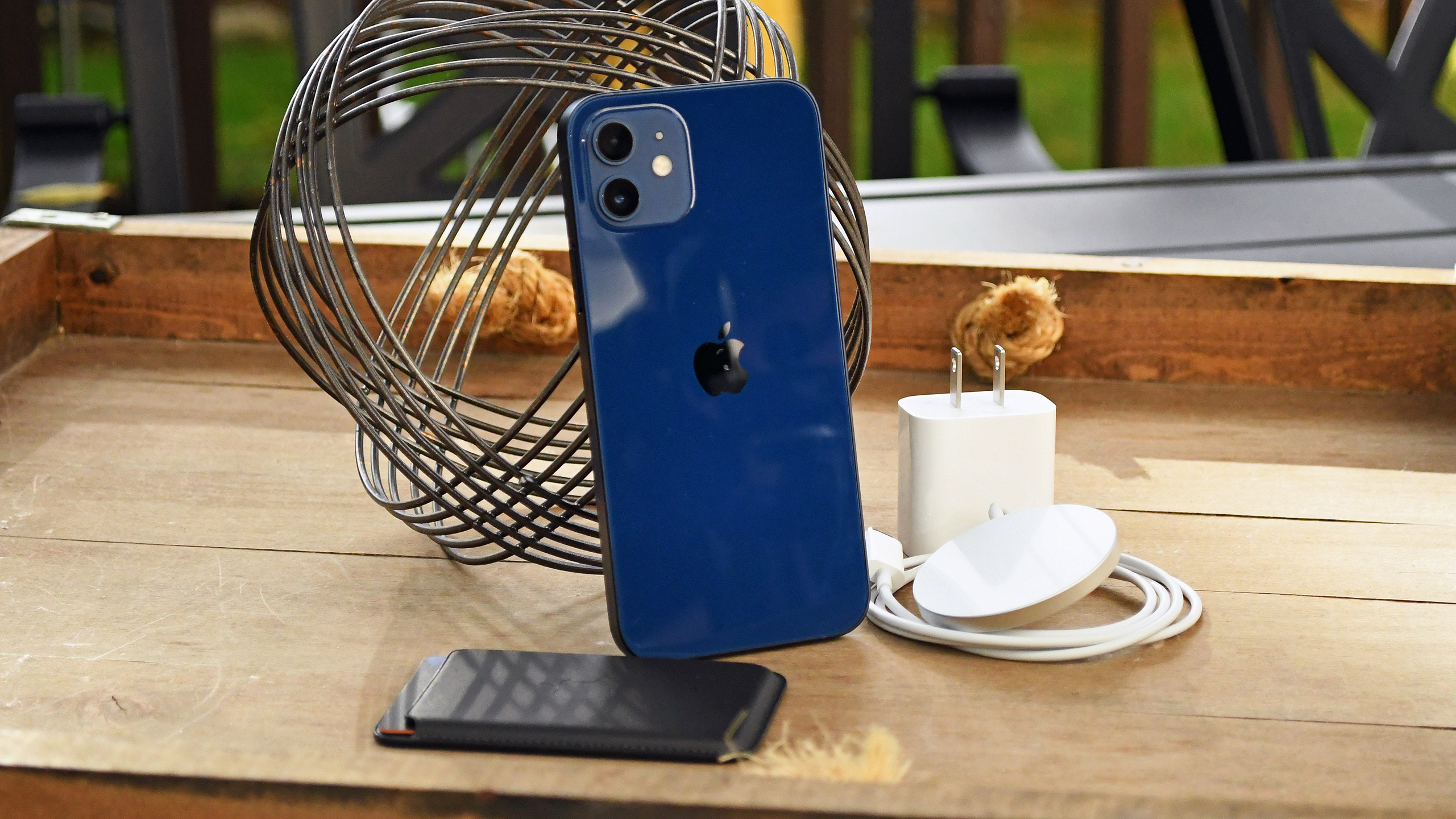
The iPhone 12 and the iPhone 12 mini may cost much less than Apple’s iPhone 12 Pro models, but Apple hasn’t skimped on durability in its less expensive phones. Like the iPhone 12 Pro and Pro Max, the iPhone 12 can withstand a dip into 6 meters of water for up to 30 minutes. And it also features the same Ceramic Shield display that increases the chances your phone will survive a drop. (One of the best iPhone 12 cases will add even more protection.)
Otherwise, you can expect top performance from the iPhone 12’s A14 Bionic chip, and it produces excellent photos despite lacking the telephoto lens you’ll find on the Pro models.
If we have a complaint about the iPhone 12, it’s the phone’s subpar battery life, which we attribute to the demands of 5G connectivity. Otherwise, Apple has built another beautiful — and durable — device in the iPhone 12. As we stated above, the iPhone 13 is due pretty soon and we’re expecting a lot of improvements over the iPhone 12. We’re talking about the potential for a bigger battery, a faster processor, and better 5G support.
Read our full iPhone 12 review.
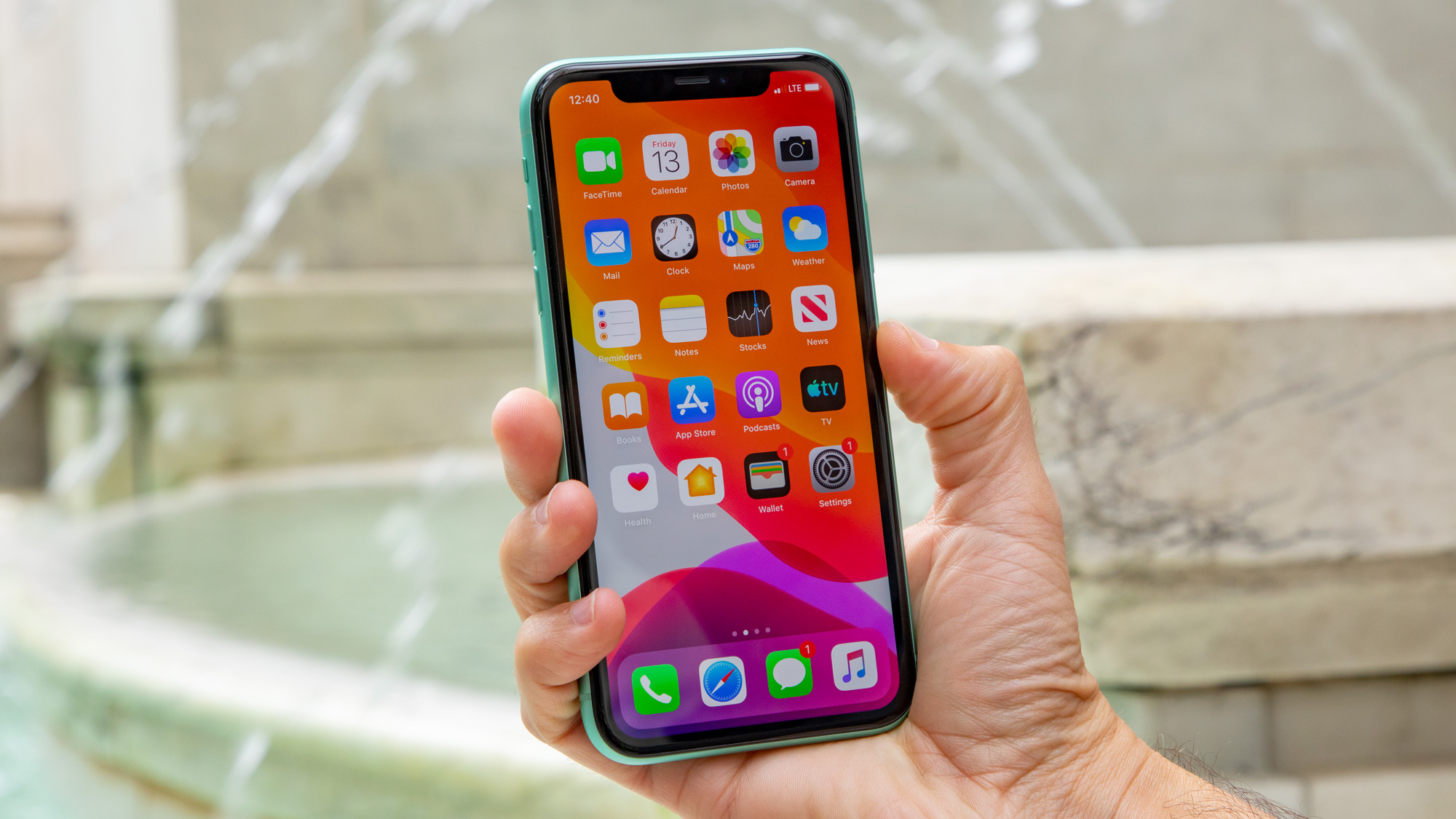
The $599 iPhone 11 is rated IP68, just like its predecessor, the iPhone XR. But Apple improved the iPhone 11’s durability by making it able to withstand 6.5 feet (2 meters) of water for 30 minutes, compared to the iPhone XR’s 5-foot (1.5-meter) rating. That’s why the iPhone 11 is still one of the best waterproof phones around, even if it can’t match the durability of the newer iPhone 12 models.
The iPhone 11 Pro and 11 Pro Max are rated for up to 4 meters (13 feet) of water, but otherwise, the iPhone 11 delivers the same overall performance for hundreds of dollars less, thanks to its speedy A13 Bionic processor. (It’s harder to find the iPhone 11 Pro models these days, whereas the iPhone 11 is still on sale through Apple.) The iPhone 11 also offers many of the same excellent photography features that its more expensive siblings do, despite having one less camera lens.
Read our full iPhone 11 review.
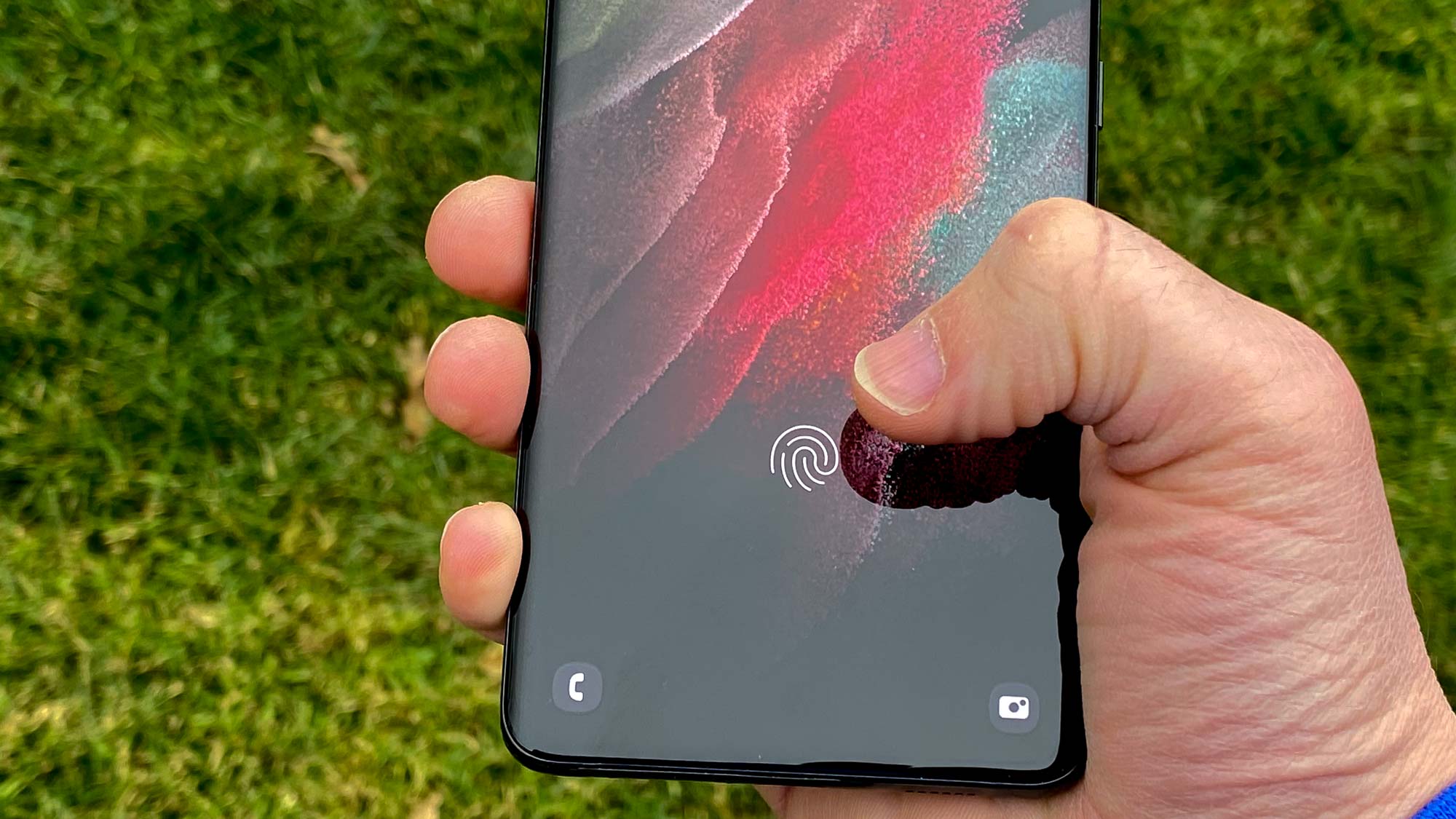
Like other Galaxy flagships, the Samsung Galaxy S21 Ultra features IP68 water resistance, so you can drop it in up to 5 feet of water without worry. But the real value in this phablet comes with its other features — it’s the first phone outside of the Galaxy Note lineup to support Samsung’s S Pen. You’ll also find two telephoto lenses on the back of the Galaxy S21 Ultra to help you capture more detail when you zoom in on a shot.
The 6.8-inch AMOLED screen offers a dynamic refresh rate that adjusts depending on what you’re doing — scrolling through web pages might max out the refresh rate at 120 Hz, for example, for a smoother experience. And the phone can last up to 11.5 hours on our battery test, though we got that result with the adaptive refresh speed on the display turned off.
With the pending Galaxy Z Fold 3 announcement, all eyes will be on Samsung’s latest foldable phone. We hope to see water-resistance on a phone that’s more than likely to run well over $1,000, but the jury is still out on that one.
In short, for Android fans, this is the best waterproof phone to buy, not just because of its IP68 rating, but because of all the other things the Galaxy S21 Ultra can do.
Read our full Samsung Galaxy S21 Ultra review.
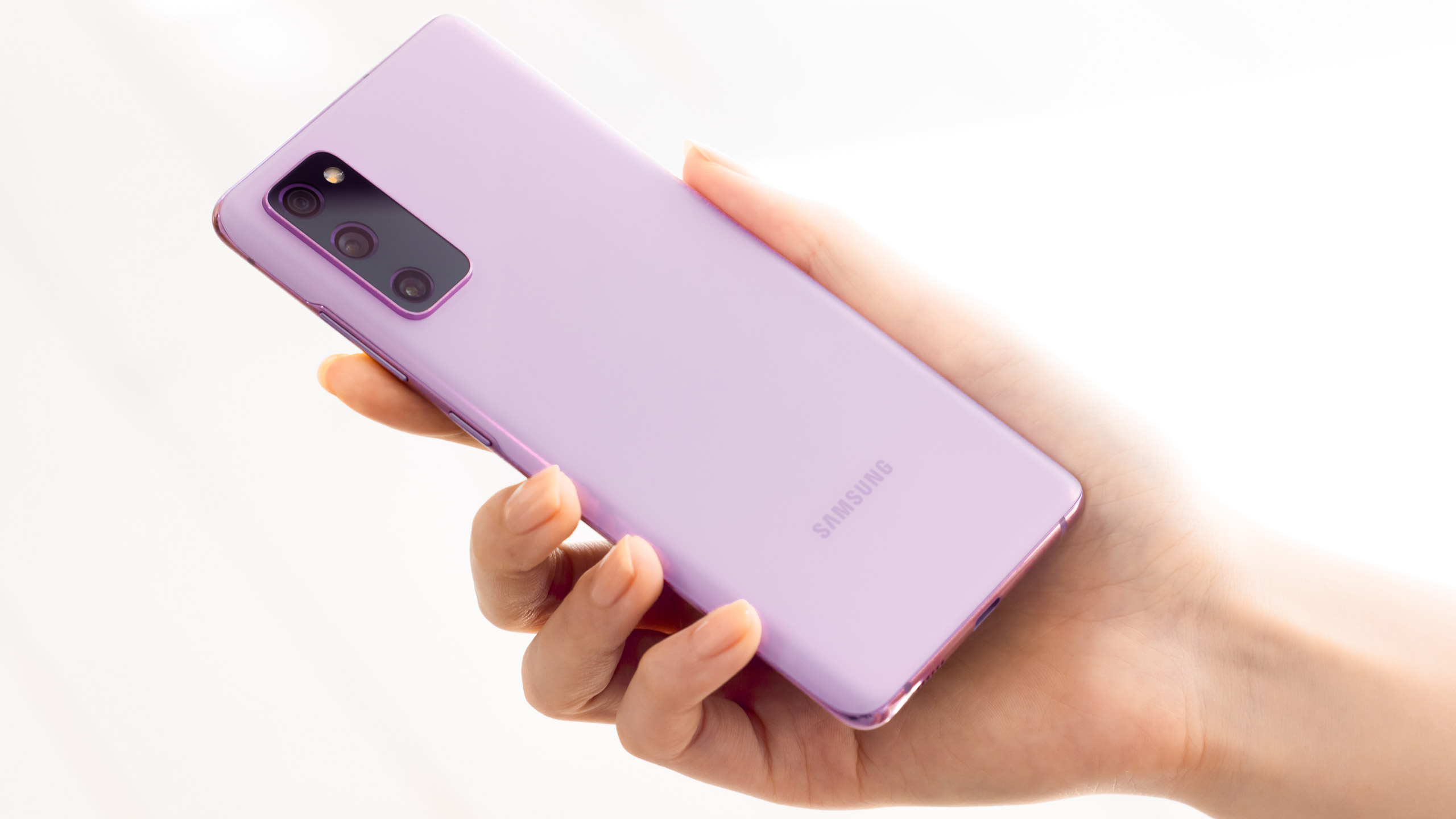
All of Samsung’s 2020 flagship phones — from this, the $699 Galaxy S20 FE, to the $999 Galaxy S20, $1,199 Galaxy S20 Plus and $1,399 Galaxy S20 Ultra — sport IP68 water resistance at the 5-foot (1.5-meter) level. That’s shy of the 6.5 feet (2 meters) offered by Apple’s cheapest iPhone 11, though it should still be good enough for most people.
But of course the Galaxy S20 range has a number of other noteworthy features aide from its battery life, like its 5G connectivity, dazzling 120Hz screen and multi-lens camera system that is more versatile than the triple-lens system in the iPhone 11 Pro (even if it doesn’t always capture better photos).
Previously, the biggest knock against Samsung’s S20 series was that it was very, very expensive — especially the S20 Plus and S20 Ultra — though the Galaxy S20 FE has changed that, offering a path to an affordable water-resistant premium Galaxy handset for less than $700. That’s even cheaper than Samsung’s Galaxy S21, which costs $799 and has the same IP68 water resistance of other Samsung flagships.
We expect to hear about a possible Galaxy S21 FE release later this year, even though rumors suggest that Samsung had to delay the phone due to the chip shortage. If that phone does come to fruition, we expect it’ll pack the same punch as the Galaxy S20 FE does, just with 2021 specs.
Read our full Samsung Galaxy S20 FE review.
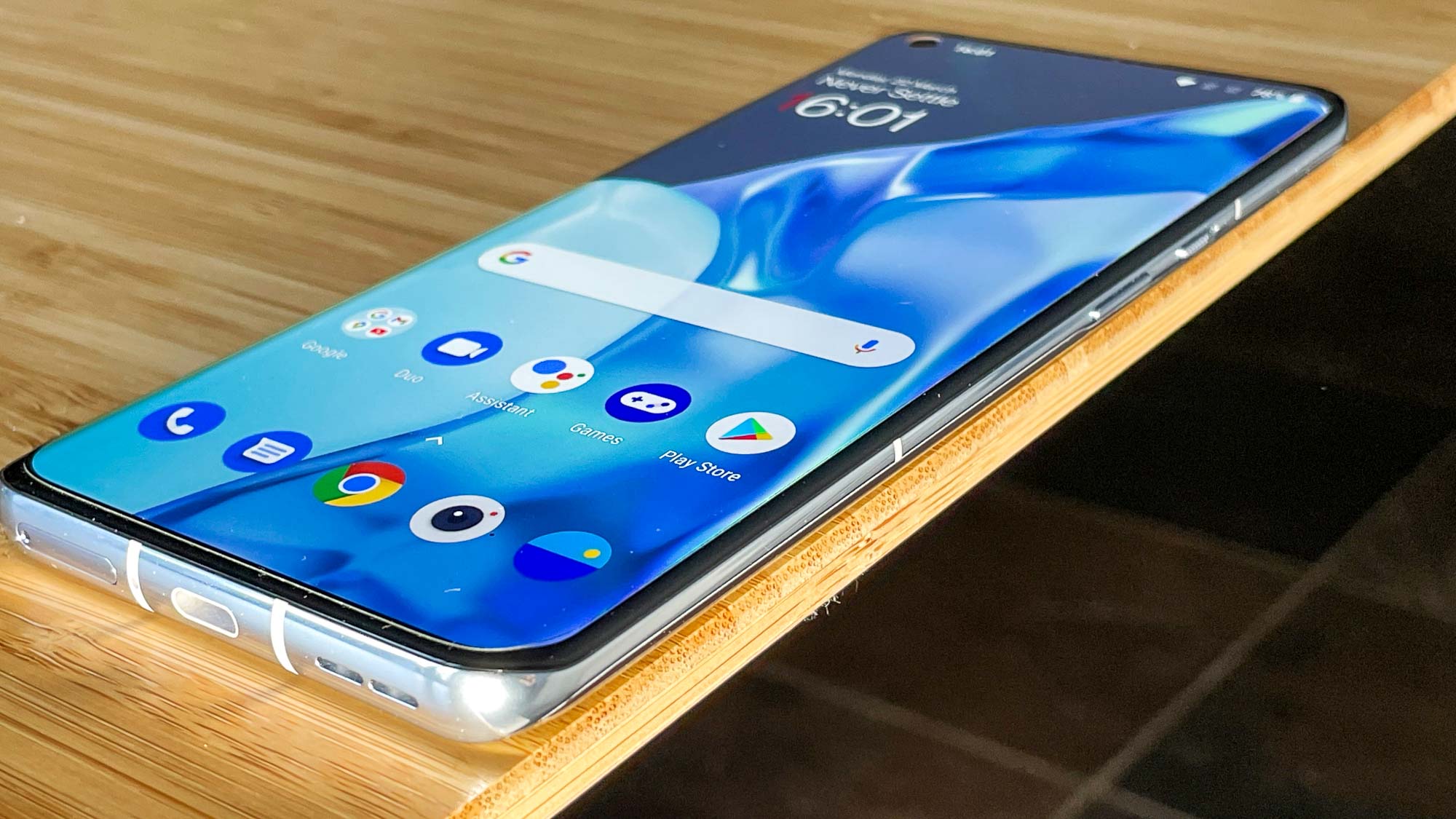
The OnePlus 9 Pro is the new kid on the block and it’s really quite impressive. Touting multiple high-end specs like a big QHD+ AMOLED 120 Hz display, the latest Snapdragon 888 processor, and 65W wired charging, this phone is a really solid option no matter what you’re looking for. It also comes with an IP68 rating.
Like the Galaxy S20 range, the OnePlus 8 Pro is built to last for 30 minutes in a maximum of 5 feet (1.5 meters) of water. But aside from its durability, we also appreciate its gorgeous 120Hz OLED screen, superfast wireless charging and gobs of performance, owing to the combination of a speedy Snapdragon 888 chipset and 12GB of superfast LPDDR5 RAM. In fact, we consider it the best Android phones on the market right now — and well worth a look for any prospective buyers who were entertaining one of Samsung’s comparable-but-pricier Galaxy S21 models.
Read our full OnePlus 9 Pro review.
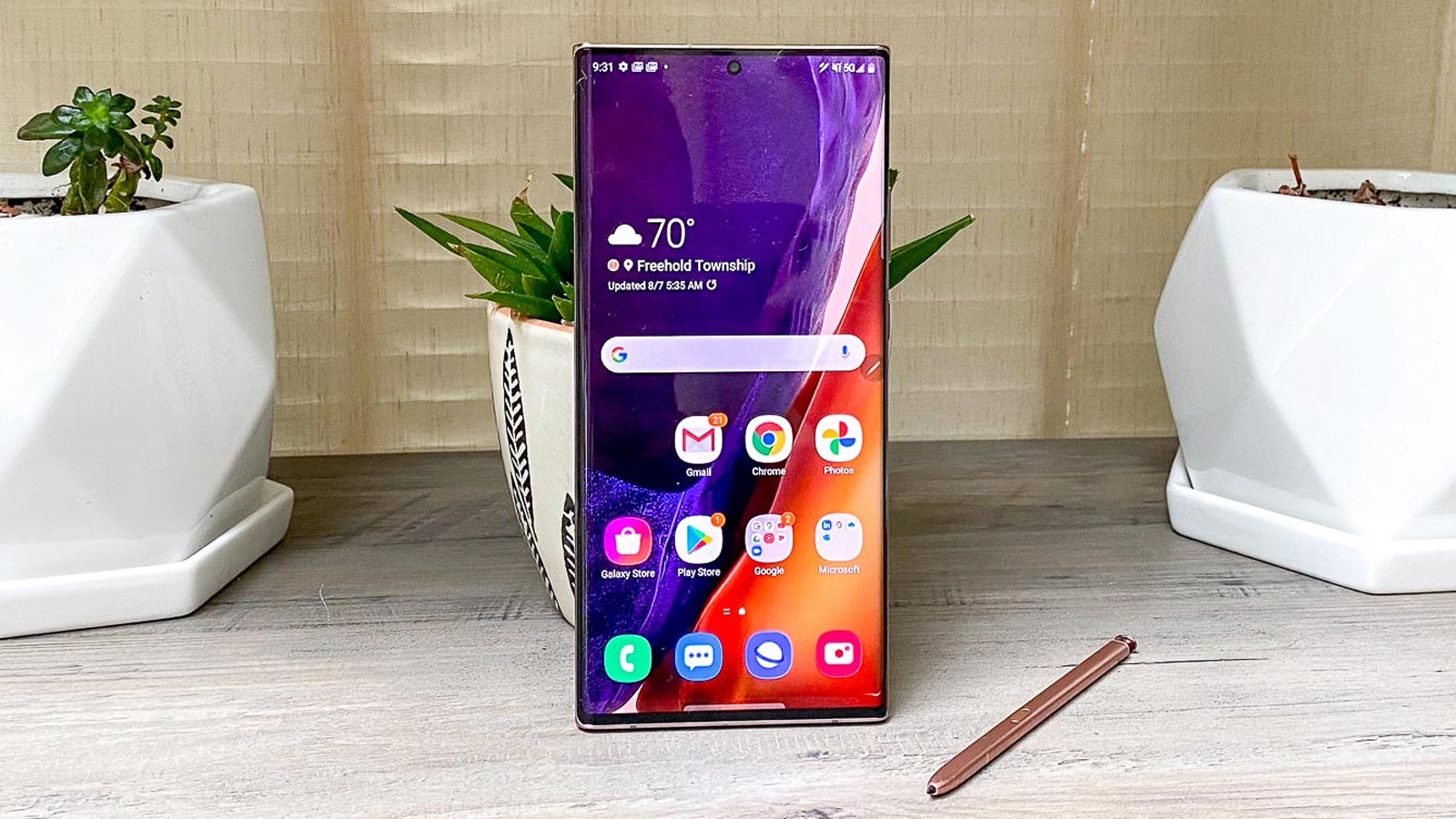
At $1,299, the Samsung Galaxy Note 20 Ultra is certainly not a device you’re going to want to have to replace for any reason. Thankfully, just like all of Samsung’s other premium Galaxy devices (as well as the cheaper, $999 Galaxy Note 20) the Note 20 Ultra is rated IP68 water resistant, built to handle submersion in up to 5 feet (1.5 meters) of water for a maximum of 30 minutes.
What makes that especially impressive is that the Note 20 Ultra contains a massive hole in it just to keep the S Pen stashed away, and ordinarily you’d expect that to present a weak point against water damage. The fact Samsung went to the extra trouble to make the Note 20 as sturdy as the Galaxy S20 range without sacrificing the stylus deserves praise.
The phablet also incorporates Corning’s new Gorilla Glass Victus material, which is better protected against scratches in addition to shattering. (The regular Note 20 makes do with Gorilla Glass 6 on the front and strengthened polycarbonate for the back.)
Read our full Samsung Galaxy Note 20 Ultra review and Samsung Galaxy Note 20 review.
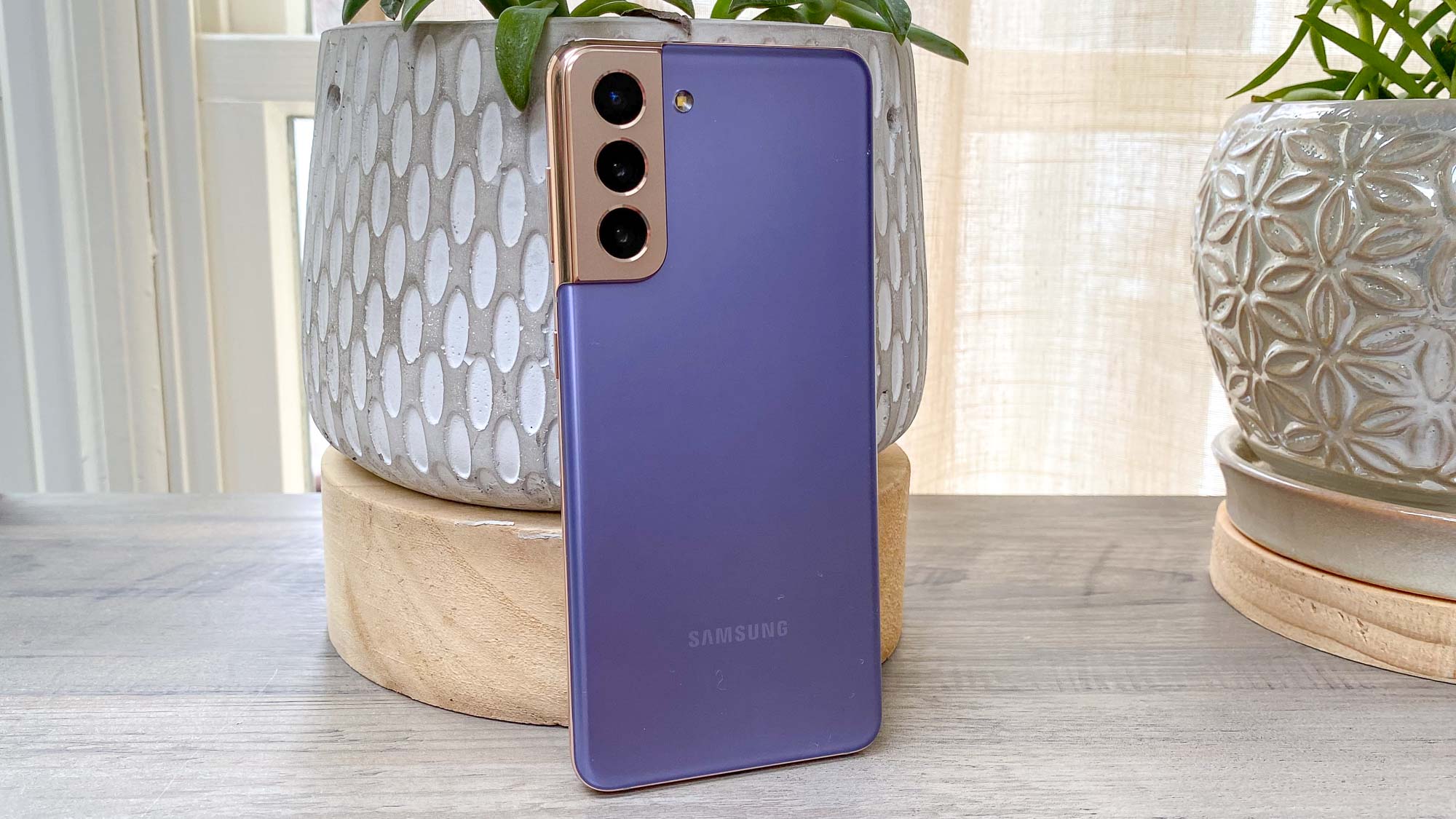
For many of the top features in the Galaxy S21 lineup, but for less, turn to the Samsung Galaxy S21. The phone starts at $799, yet features an adaptive display and Snapdragon 888 system-on-chip, just like other, more expensive S21 options.
Just as importantly, Samsung doesn’t skip on water resistance with its entry-level Galaxy S21. Like the more expensive versions of this phone, the $799 S21 can survive a 5-foot plunge into water for up to 30 minutes. That’s an especially valuable feature, given the Galaxy S21’s lower price. (It costs $200 less than last year’s Galaxy S20 when that phone debuted in 2020.)
Read our full Samsung Galaxy S21 review.
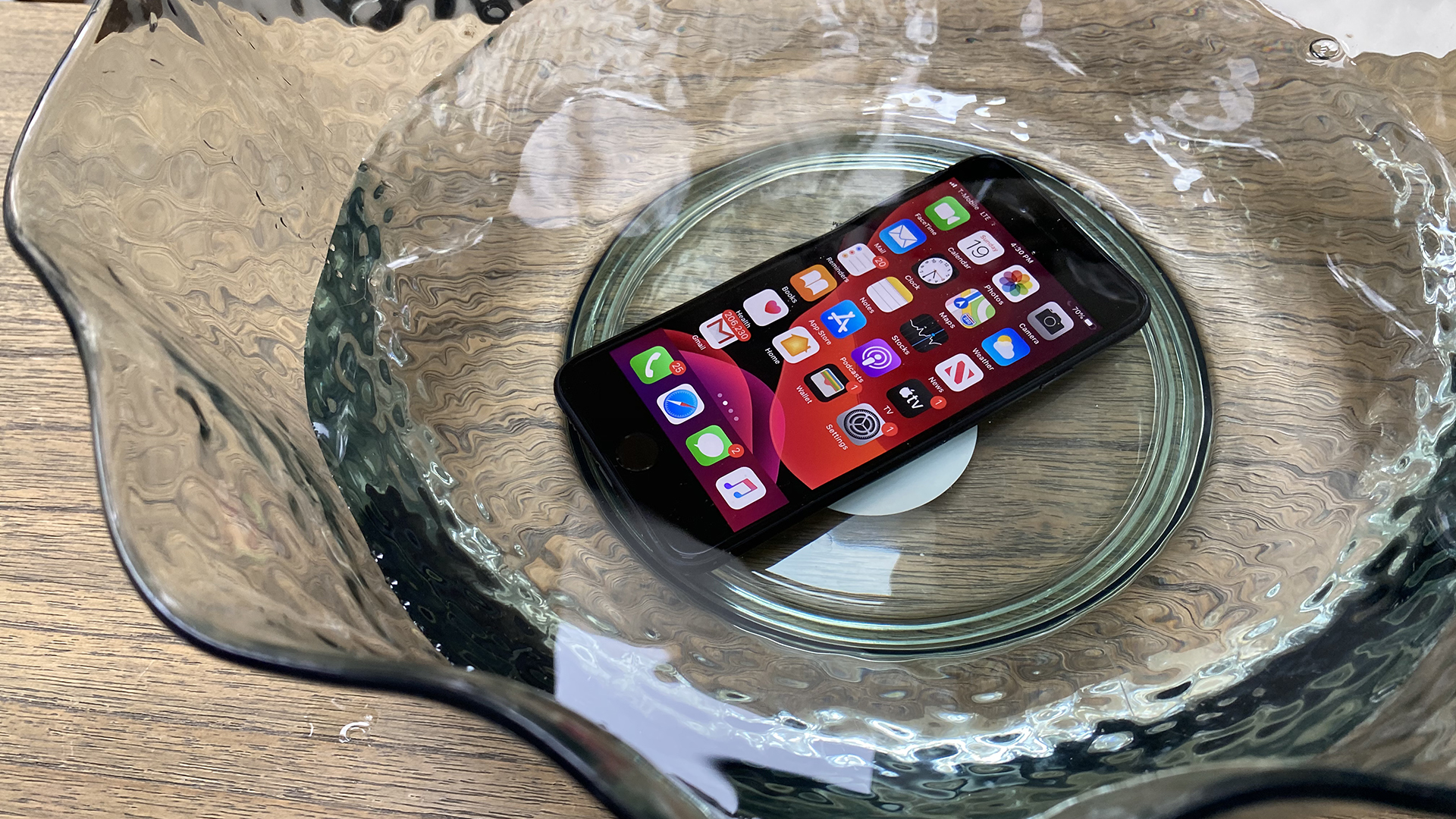
The new second-generation iPhone SE packs the lightning-fast A13 Bionic processor from 2019’s flagship iPhones in the body of the iPhone 8. And because it repurposes the iPhone 8’s design, it also benefits from the iPhone 8’s water resistance. This phone is built to IP67 spec, meaning it can withstand submersion in 3.3 feet (1 meter) of water for a half hour.
That might not sound remarkably impressive compared to other devices on this list, that are a bit more protected against liquid. But what makes the iPhone SE’s water resistance so special is the handset’s bargain price. At $399, the iPhone SE is the cheapest IP-rated, water-resistant phone you can buy. It also supports wireless charging and sports an aluminum-and-glass design, making it extremely premium compared to similarly-priced Android phones. Even Google’s Pixel 4a, another one of the best cheap phones, lacks both an IP rating and the ability to charge wirelessly.
Read our full iPhone SE 2020 review.
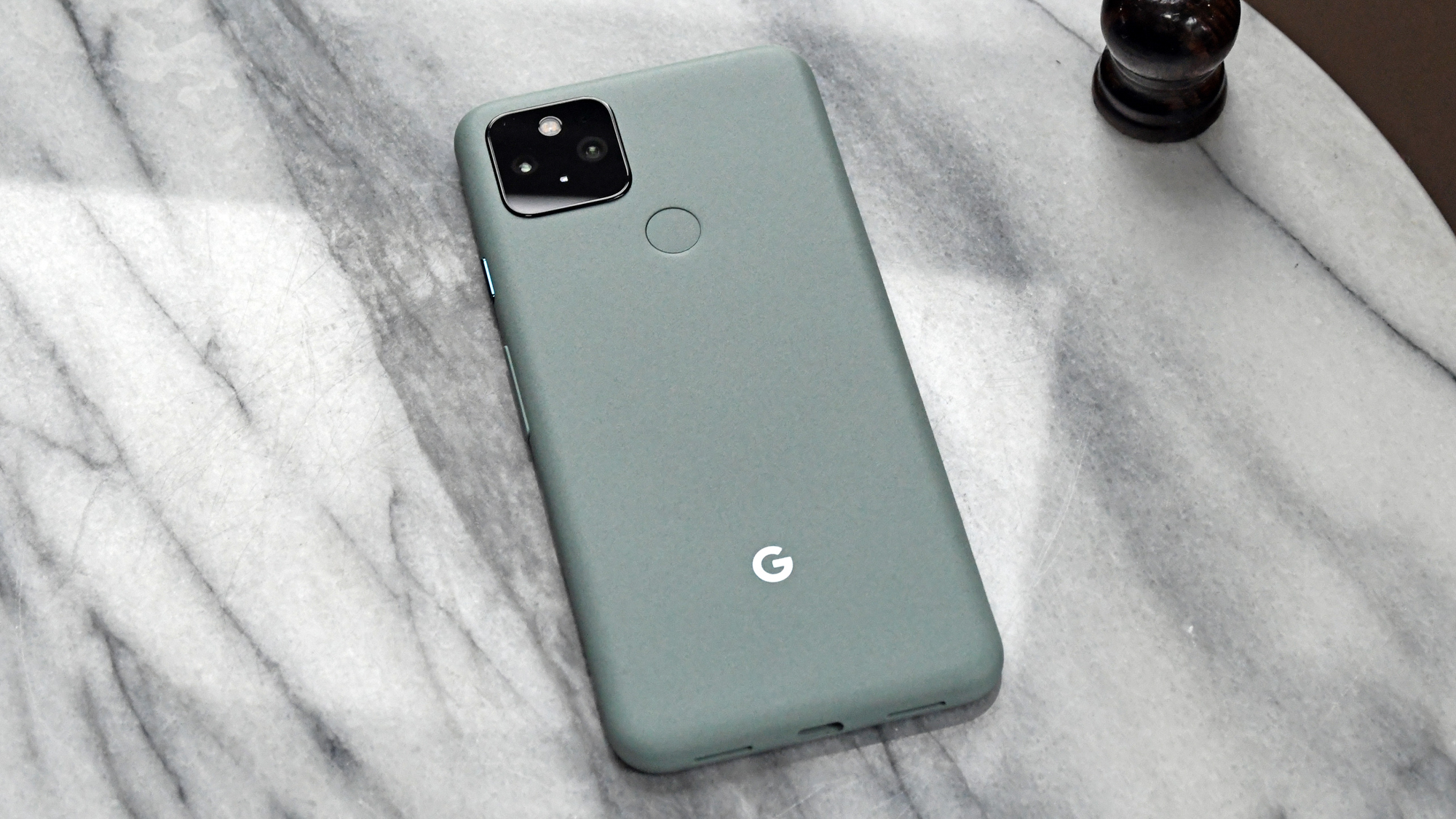
The Pixel 5 doesn’t improve upon the IP68 water resistance of its predecessors in a significant way, but it’s still among the best waterproof phones because it can withstand a dunk in as much as 5 feet (1.5 meters) of water.
The Pixel 5 touts a 6-inch 90Hz OLED screen and dual-lens rear camera system. The extra shooter on the back is a 16MP ultrawide, replacing the telephoto in 2019’s model, though high-fidelity Super Res digital zoom is still on tap.
The Pixel 5 loses the Pixel 4’s Soli Motion Sense radar technology and 3D Face Unlock, but gains a much larger battery, which more users are sure to appreciate on a daily basis. Additionally, the Pixel 5 supports 5G networks in both their sub-6GHz and millimeter-wave forms, though the Snapdragon 765G CPU inside Google’s latest flagship doesn’t quite offer the flagship-caliber performance we’d expect given the price.
It’s worth pointing out that the Pixel 4a 5G is $200 cheaper and has the same processor and cameras as the Pixel 5, though it notably lacks water resistance. We anticipate that the upcoming Pixel 6 will also be water-resistant just like the Pixel 5, since Google is intent on making a true flagship this year.
Read our full Google Pixel 5 review.
How to choose the best waterproof phone for you
If water resistance is a primary concern in your smartphone buying decision, you’ll definitely want to pay attention to manufacturers’ IP-rating claims.
In the mobile industry, an IP67 certification means your device will be protected against 3.3 feet (1 meter) of submersion for a period of 30 minutes. IP68 usually means you’re getting at least 5 feet (1.5 meters), though some companies, like Apple, use IP68 to refer to as much as 13 feet (4 meters) of durability. If a phone boasts no IP rating, or has been treated with a water-repellent coating, you shouldn’t trust it to survive if it’s ever submerged. Unfortunately, most budget phones tend to make do with this limited form of protection, and even some flagships, like the Motorola Edge Plus and Xiaomi Mi 10 Pro 5G, are among them.
Also, it’s important to point out that an IP rating does not mean water damage within the specified parameters is covered under your device’s warranty. Unfortunately, while many phone makers are all too quick to assert water resistance, you won’t find a single one that is confident enough in that claim to actually replace or repair one of their products, free of charge, in the event of a spill.
How we test smartphones
In order for a smartphone to make any one of our lists of the best phones, it needs to excel on several tests that we run on every handset. We perform some of these tests in our labs and some in the real world.
When it comes to performance, we rely on such synthetic benchmarks as Geekbench 5 and GFXBench to measure graphics performance. These tests allow us to compare performance across iPhones and Android devices. We also run a real-world video transcoding test on each phone using the Adobe Premiere Rush app and time the result.
To measure the quality of a phone’s display, we perform lab tests to determine the brightness of the panel (in nits), as well as how colorful each screen is (DCI-P3 color gamut). In these cases, higher numbers are better. We also measure color accuracy of each panel with a Delta-E rating, where lower numbers are better and score of 0 is perfect.
One of the most important tests we run is the Tom’s Guide battery test. We run a web surfing test over 5G or 4G at 150 nits of screen brightness until the battery gives out. In general, a phone that lasts 10 hours or more is good, and anything above 11 hours makes our list of the best phone battery life.
Last but not least, we take the best phones out in the field to take photos outdoors, indoors and at night in low light to see how they perform versus their closest competitors. We take shots of landscapes, food, portraits and more, and also allow you to be the judge with side-by-side comparisons in our reviews.
For all the latest Technology News Click Here
For the latest news and updates, follow us on Google News.
